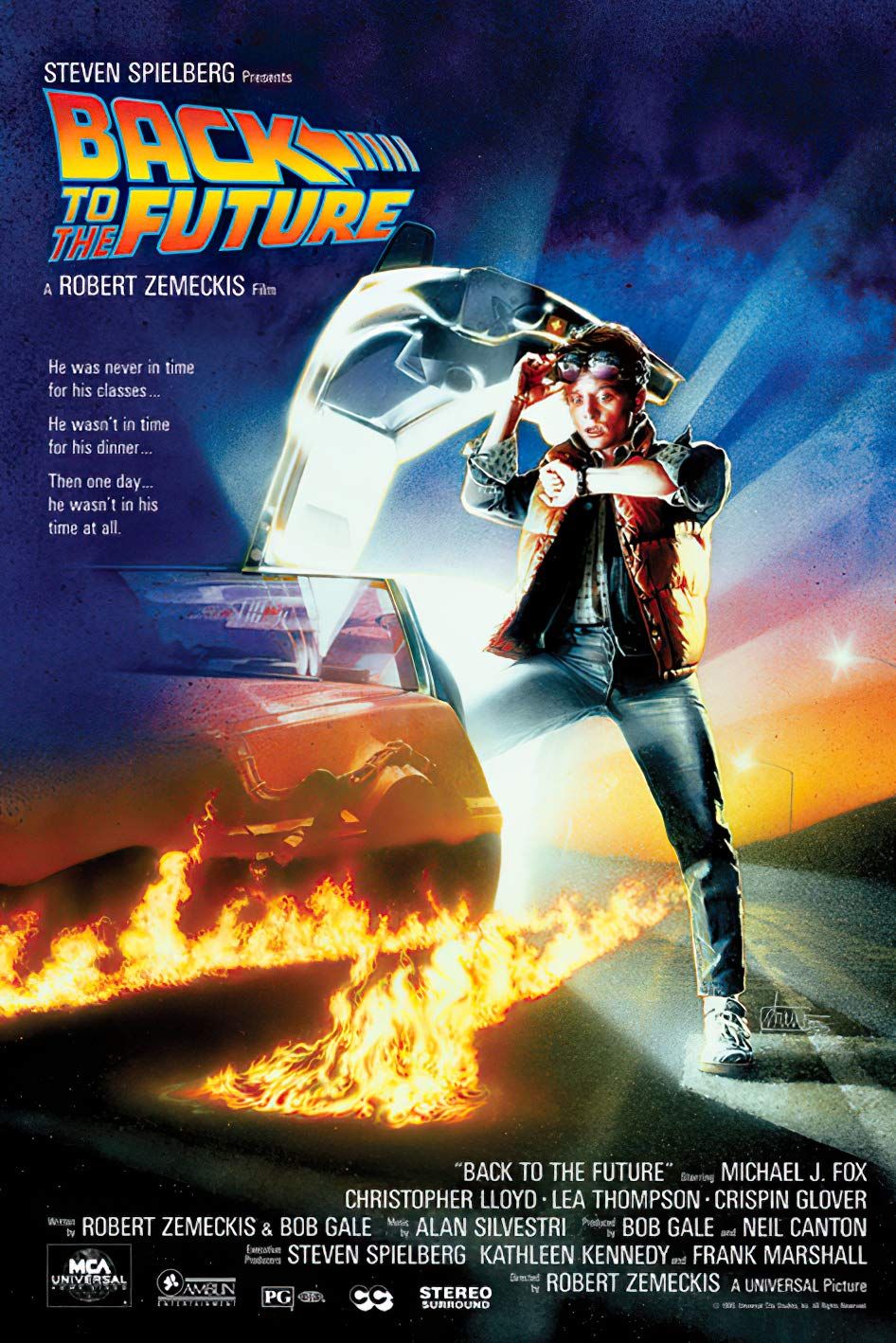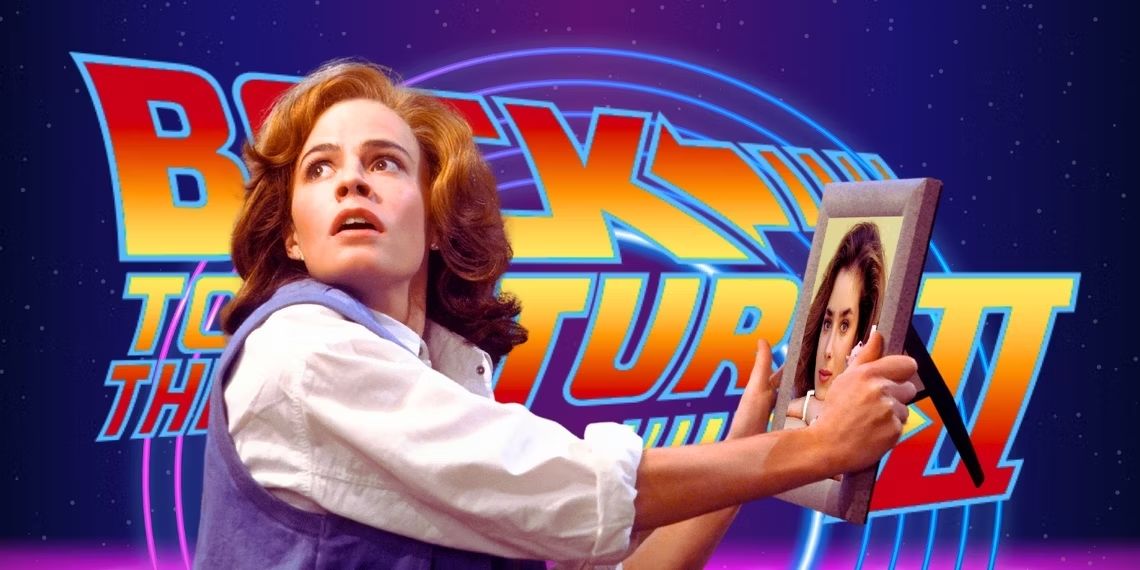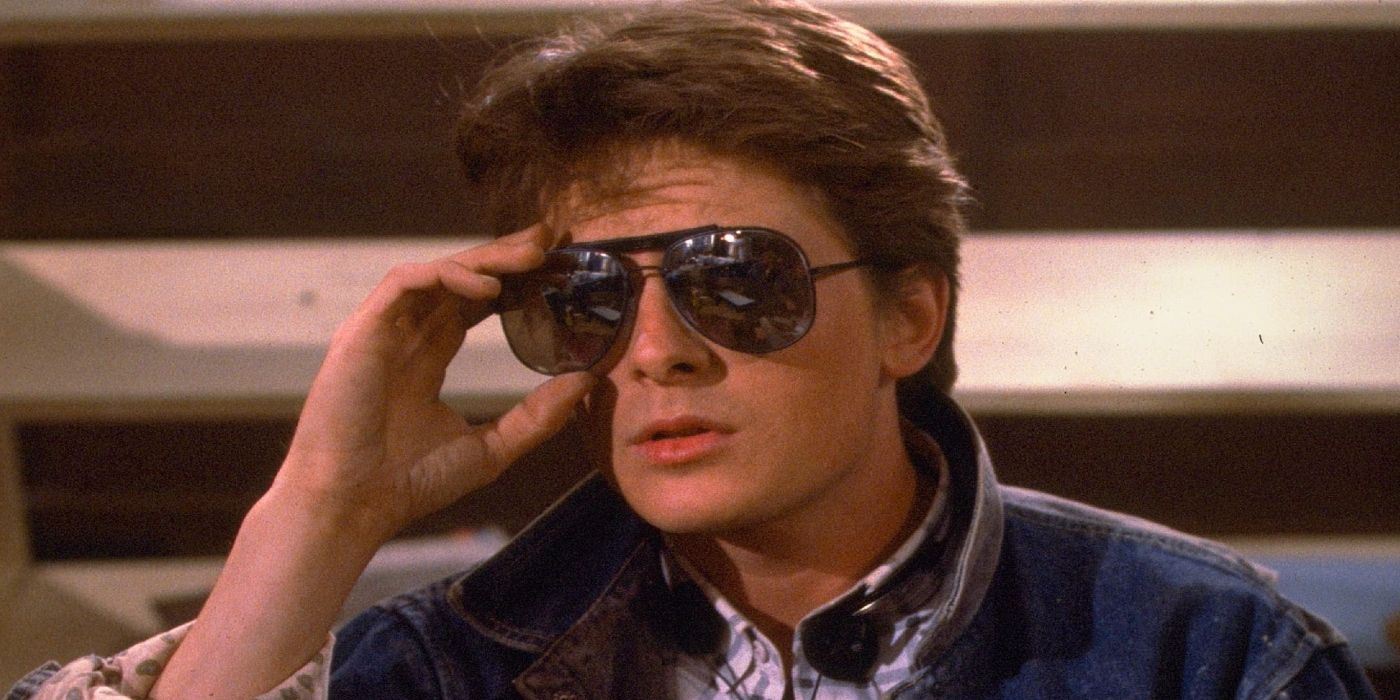The Big Picture
- Back to the Future almost had a different, more intense ending involving a nuclear bomb test.
- The decision to change the ending was due to budget constraints and the need to save money.
- The movie's official ending is proof that sometimes simpler is better in storytelling.
Robert Zemeckis' Back to the Future was not only the biggest movie of 1985, taking in $190 million at the box office, but nearly four decades later, it's one of the most loved movies ever made. It turned lead Michael J. Fox into the biggest star on the planet in the '80s and made everyone want their own DeLorean (even if they were known for not running very well). Despite its success, Back to the Future had many issues getting onto the screen. Zemeckis and co-writer Bob Gale had trouble getting anyone to make it, with even Disney turning it down because they were uncomfortable with the storyline of a mother falling in love with her future son.
When it did finally go into production, it was not with Fox as Marty McFly, but actor Eric Stoltz. When the latter was fired, most of the movie had to be re-shot with Fox. Some of Back to the Future's issues were found in the script as well. For example, the cool DeLorean time machine we all love was originally going to be some immobile refrigerator-sized box. Imagine how that would've gone! Then there's the exciting finale where Doc Brown (Christopher Lloyd) sends Marty back to 1985. Originally, it was going to be much different, with Marty McFly driving through a nuclear explosion! So what happened?

Back to the Future
Marty McFly, a 17-year-old high school student, is accidentally sent 30 years into the past in a time-traveling DeLorean invented by his close friend, the maverick scientist Doc Brown.
- Release Date
- July 3, 1985
- Director
- Robert Zemeckis
- Cast
- Michael J. Fox , Christopher Lloyd , Lea Thompson , Crispin Glover , Thomas F. Wilson , Claudia Wells
- Writers
- Robert Zemeckis , Bob Gale
How Does 'Back to the Future' End?
The inciting incident of Back to the Future sees Marty McFly accidentally transported back to 1955 after he uses the DeLorean to escape terrorists. Not only is he now stuck in a world he doesn't exist in (it's a little hard to come by plutonium in the '50s... or any time), but he ruins his birth when he messes up the moment his pervy dad-to-be, George (Crispin Glover), meets him mother, Lorraine (Lea Thompson), while spying on her with binoculars. The ultimate nightmare occurs when his mother becomes smitten with Marty, but overcoming all of that awkwardness doesn't matter if he can't get back to his time.
The third act of Back to the Future is a triumph, partly due to George standing up for himself and earning Lorraine's love, and partly due to how 1955's Doc Brown decides to get Marty back to his future. Knowing the exact time lightning is going to strike the Hill Valley clocktower, he rigs a wire to the clock, with the plan being for Marty in the DeLorean to snag it right as the lightning strikes, giving the time machine enough power to operate. You don't become one of the greatest movies of all-time without everything going wrong in the most suspenseful fashion (and of course, this plot hole), but it all works out at the end and Marty is sent back to 1985, though an alternate one where his family is now successful and not the people he once knew. How is Back to the Future not considered a tragedy? As thrilling of an ending as this was, Back to the Future almost did something entirely different.
What Was 'Back to the Future's Original Ending?
Originally, Back to the Future was going to have an entirely different ending. In 2016, 113 unknown storyboards, drawn by Andrew Probert, the film's artist, were found which explored an ending never shot. They ended up being sold for $6,000, but were first shown to the public. What is found in them gives this classic movie a finale way more insane than a lightning strike. What's more wild than that? How about a nuclear bomb?
In the storyboards, the military is preparing for a bomb test in the desert. Several men are standing in the bomb test tower when they look out to see a DeLorean racing toward them. Doc Brown, who is on a radio, has timed it out just right for Marty to race into the test site as the bomb is going off. There are some similarities to the filmed ending, with Doc Brown finding the letter warning of his death in 1985 and the hunk of junk car not wanting to start, but everything else is different, as a timer ticks down to 5, 4, 3, 2, 1, and then the bomb explodes right as Marty hits 88 miles per hour.
When it goes off, we watch as the fake city is nuked to nothing inside a mushroom cloud. We then move to 1985, where people are gathered around where the test site once stood for a tour. As a guide speaks to them about rumors of the strange phenomena that occurred there, there is a flash of light and a gust of wind as the DeLorean reappears. Marty McFly is home, and his DeLorean, which could barely even start, somehow survives a nuclear bomb. And why wasn't such an over-the-top ending used for Back to the Future? Co-writer Bob Gale told The Collider Podcast in 2020 that it all came down to money. The studio wanted to cut $1 million from the budget, and one scene, more than any other, was going to be the most expensive. Gale said:
"And the most expensive thing was going on location and building this town. And we said well, if we can cut that out – if we can cut going on location and building a town and do something on a location that we already have, namely the backlot, that would save us $1 million easy."
'Back to the Future’s Original Ending Would've Robbed the Film of Its Triumphant Note
The ending filmed for Back to the Future isn't just a cost-cutting measure: it features a triumphant ending for Marty and Doc Brown. There's a palpable sense of dread hanging over the entire story. Doc is gunned down by the Libyans. Marty gets stuck in a time he's clearly unfamiliar with. Oh yeah, and there's the whole "he has to get his parents back together, or he'll literally fade out of existence." But Marty winds up changing the future so that George and Lorraine are successful, and Doc Brown even survives — having learned that not every change to the timestream is a cataclysmic one. If the original ending with the nuclear bomb had been kept in, it would have cast a shadow over the ending. Nobody wants to think about nuclear warfare when watching a time travel comedy.
There's even one more change to the ending — Doc was originally supposed to rip up Marty's note and toss it into the DeLorean. Editor Andrew Probert convinced Gale to have Doc stuff the scraps into his jacket instead, feeling it would make his survival in the present a genuine surprise. "If you're not ready for it, you overlook the fact that he skips past the point of the letter … because it's no longer important," Probert told Syfy WIRE. "So Bob says, 'Okay storyboard that and we'll see how it works.' So I did and it worked." Indeed, this adds to the more triumphant vibe surrounding the ending.
'Back to the Future's Ending Proves That Bigger Isn't Always Better
What big Hollywood blockbuster would even have their character survive a nuclear blast anyway? That's absurd. Oh, wait, that's right, our old pal Indiana Jones (Harrison Ford) made it through a nuclear blast by hiding in a fridge for an infamous scene in 2008's Indiana Jones and the Kingdom of the Crystal Skull. Ironically though, that moment may have been taken from Back to the Future. According to actor Jon Cryer, who auditioned for Marty McFly, the script he read was different from the finished film. In it was a scene where Marty is on the nuclear test site and has to hide when a bomb goes off, so he hides inside a fridge. "Does this sequence sound familiar to anyone?" Cryer asked in a 2020 tweet.

The Heartbreaking Reason Why Jennifer Was Recast in 'Back to the Future Part II'
It wasn't just Marty McFly who underwent casting changes.Steven Spielberg took a lot of grief for that scene. Indiana Jones is a hero, but a realistic one. Sure, he can go through a lot and live, but having him be able to withstand a nuclear bomb was so far-fetched and silly that it took viewers out of the movie and also made the hero invincible. If he can live through that, why should we ever worry about him? The same can't exactly be said with Back to the Future since this scene happens right at the end of the film, but it still would have been a bad idea. Yes, Back to the Future centers around time travel and a dude who must make out with his mom, but it's still set in a world that has limitations and feels like a version of a believable reality. Doc Brown is not J. Robert Oppenheimer, but just an eccentric local scientist. A sportscar can't handle a nuclear bomb, and he knows that. We as the viewer know that as well.
Bigger isn't always better, and Back to the Future proved that with their alternate idea. Marty and Doc have nothing to do with a nuclear bomb other than driving into it, but instead we get scenes of Doc Brown building an extensive miniature version of Hill Valley just to show Marty how his clocktower theory will work, which gives us the great line of, "Please excuse the crudity of this model. I didn't have time to build it to scale or to paint it." With the nuclear bomb ending, we also didn't get everything going wrong on the clocktower, as the line came unplugged, and Doc had to rush to get it refastened, even sliding down it and getting electrocuted by the lightning strike. The ending we get is of two people trying their best with something they made themselves, which is a lot more fun than what was originally planned.
Back to the Future is available to watch on Prime Video in the U.S.


